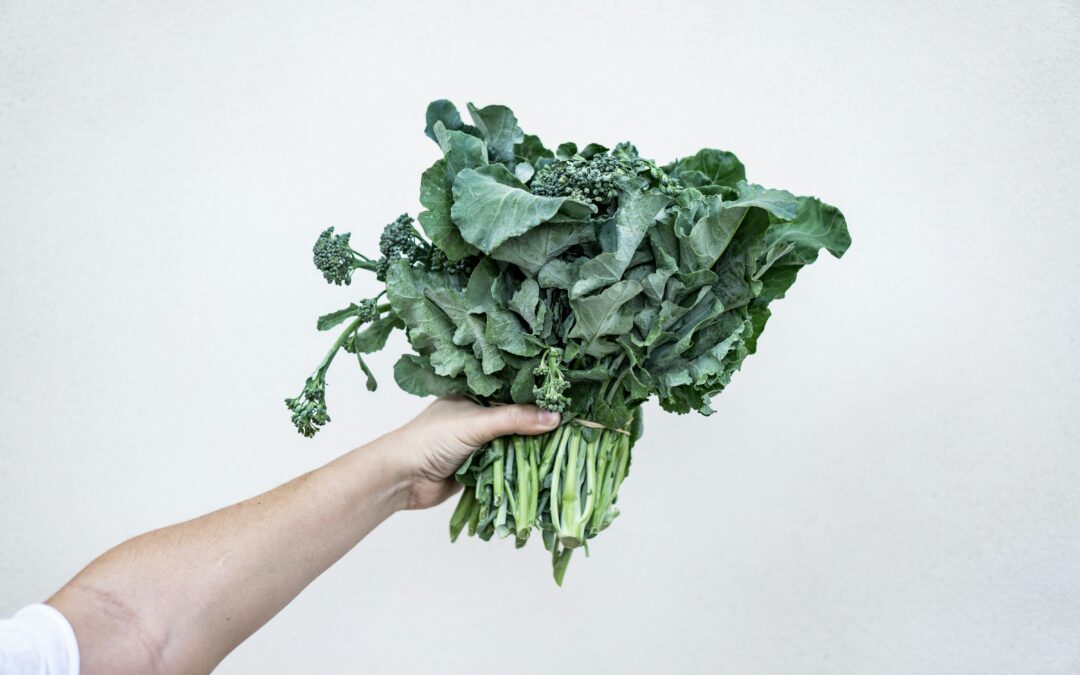The secret to effective spring planting lies in understanding the timing and method of sowing your crops. Some vegetables to plant in early spring can be directly planted into your garden soil, known as “direct sown,” while other crops thrive when initiated indoors. Direct sowing tends to be favored by most legumes, root vegetables and herbs. As soon as the soil is workable in March, peas and spinach can be planted immediately, and they are soon followed by radishes, beets, carrots, dill, and cilantro after a few weeks. To direct sow, create trenches on the soil surface where you plan to place your seeds, then drop the seeds into the trench following the correct spacing. Check your seed packet for guidance on seed placement and depth. The seed rows should be covered with soil and patted down manually or with a hoe to promote optimal seed-to-soil connection. In our Ornamental Kitchen Garden at Longwood, we use string lines to track where we’ve sown, ensuring the rows stay damp until seed germination.
Embarking on your personal spring crop journey in early March can make all the difference. Vegtables to plant in early spring is all about impeccable timing. The intent behind nurturing your own vegetable seedlings is to cultivate robust saplings that can withstand external conditions without outgrowing their pots. If they linger in their trays for too long, these plants can become rootbound and deprived of nutrients, leading to potential transplant shock when relocated to the garden. Unfortunately, many young vegetables from your local garden centers are in this predicament, having been neglected on the shelves for too long without access to sufficient water and nutrients. These undernourished saplings are thus not poised for success in your garden. As a result, growing your own vegetable seedlings often proves to be a far superior alternative.
March is the ideal time to commence your indoor planting of a variety of crops – think kale, broccoli, cauliflower, onions, fennel and lettuces! A smooth-textured seed-starter mix in cell trays or flats will get your seeds going effectively. Standard components of a germinating soil mix are peat moss and finely milled perlite. You can also utilize an everyday household item like egg cartons instead of cell trays. Remember, these crops thrive in full sunlight, so ensure they’re placed by a south-facing window that gets plenty of light if you’re without a greenhouse or sunroom. A typical timeline for these crops is four to six weeks of growth before they’re ready for garden transplanting in mid-April.
It’s crucial to train your young plants to adapt to the outdoors through a process called “hardening off”. Typically done a week or two prior to taking them out of their trays, this method is essential due to the even temperature and peaceful conditions they’re used to indoors. To acclimate them to the fluctuating conditions outside, you need to introduce them to the outdoors gradually. This could be done by placing them in a sunlit area outside for increasingly extended periods each day. However, it’s crucial to bring them back inside should a severe frost or inclement weather be predicted. After spending some time outdoors, your seedlings are ready to be transplanted in the garden. Ensure they remain hydrated until they’re firmly established. With routine care, you can look forward to a lengthy and fruitful gardening season.






